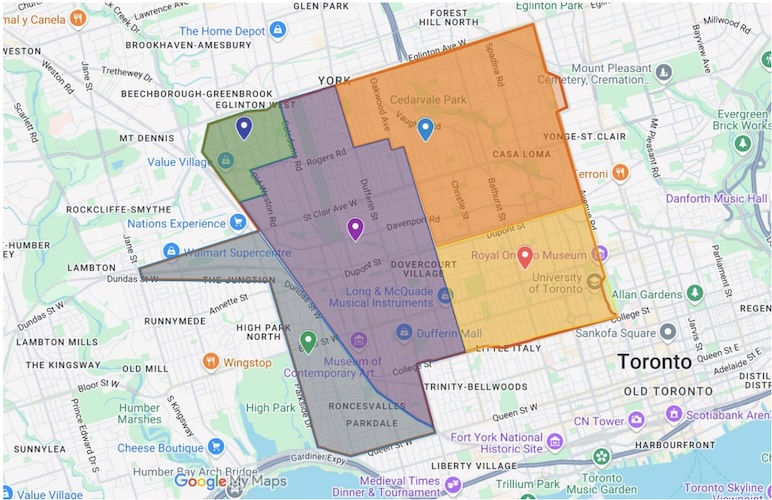The driverless delivery vehicles will hit the streets of Toronto this spring as part of provincial wide pilot program

Magna is deploying an autonomous delivery vehicle in Toronto following a pilot in Michigan three years ago. Photo: Magna International Inc
The delivery bots will hit the streets of Toronto this spring as part of province-wide pilot program
Magna International has the green light to deploy its all-electric, driverless delivery vehicles in Toronto this spring.
This rollout is part of Ontario’s Automated Vehicle Pilot Program (AVPP), a 10-year initiative launched in 2016 and updated in 2019 to allow fully driverless vehicles to operate under strict safety guidelines.
The Canadian auto part giant will be testing small-package deliveries in Toronto using three-wheeled, last-mile autonomous delivery vehicles. Ontario’s Ministry of Transportation gave approval to the Magna project earlier this year.
The vehicles will operate in various neighborhoods, including all of Ward 9 Davenport and parts of Ward 4 Parkdale–High Park, Ward 5 York South–Weston, Ward 11 University–Rosedale, and Ward 12 Toronto–St. Paul’s.

“This Magna pilot represents an opportunity for the province, the operator and the city to gain insights into automated vehicle technology and operations within Toronto’s unique urban environment,” reads a report submitted to the City of Toronto’s Infrastructure and Environment Committee.
Pilot details
This is not the first time Magna ventured into autonomous last-mile deliveries.
In March 2022, Magna developed an electric pizza delivery robot and ran a successful pilot on public roads in Detroit, Michigan. The program ran until 2023 without any safety incidents.
Now, Magna is applying that experience to the Toronto pilot.
The delivery vehicles are about the size of a large cargo bike and roughly the height of a typical sedan. They are built to carry small packages in secure, locked compartments that are only accessible to the intended customer using a unique code.
The autonomous vehicles have a top speed of 32 km/h and will only travel on roads where the speed limit is 40 km/h or lower. As an added safety precaution, the vehicles will not perform left-hand turns.
“During this pilot, the vehicles will always be followed by a conventional vehicle with both a human driver and a passenger whose role is to supervise the automated vehicles — known as the ‘chase vehicle,’” says the report. “This supervisor can instigate an emergency stop and can control it at very low speed to move it to the side of the road; they can otherwise intervene to maintain the safety of other road users around the vehicles.”
In addition, a second supervisor working at a control centre in Toronto will oversee and can take over control of the vehicle remotely.
City of Toronto opposition
While the City of Toronto is acting as the testing ground for Magna’s autonomous vehicles, councillors were bypassed for consultation on the pilot by the provincial approval.
This has raised the ire of at least one councillor in whose ward the vehicles will be operating. Dianne Saxe, who represents University-Rosedale, says city staff should have had an opportunity to weigh in to understand how the vehicles will impact vulnerable road users like pedestrians.
Magna, for its part, says the safety plan for the vehicles addresses those concerns.
It plans to start with one or two autonomous vehicles in Toronto and gradually expand the fleet to up to 20 vehicles as the pilot progresses.
Each vehicle has a permit to operate on Toronto roads for one year.
A formal report on the results and lessons learned from the Magna pilot is going to be shared with the city’s Infrastructure and Environment Committee. That report is expected to be complete by the end of 2026.






